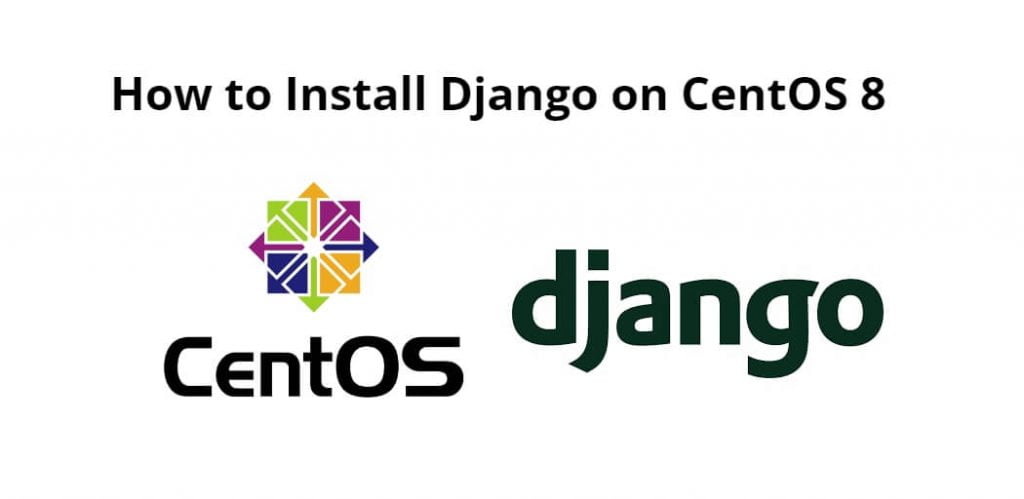Django is a free and open-source, Python-based web framework that follows the model–template–views architectural pattern. It is maintained by the Django Software Foundation, an independent organization established in the US as a 501 non-profit.
Through this tutorial, we will learn how to install and configure Django on centOS 8.
How to Install Django on CentOS 8
Follow the following steps to install and use Django on CentOS 8:
- Step 1 – Update System Packages
- Step 2 – Install Python and Pip
- Step 3 – Installing Django
- Step 4 – Create a sample Django project
- Step 5 – Configure Firewall
- Step 6 – Accessing Django
Step 1 – Update System Packages
First of all, open terminal or command line and execute the following command into it to update centOS system packages:
sudo dnf update
Step 2 – Install Python and Pip
Once the system packages has been updated, then execute the following command on terminal or command line to install python and pip in CentOS:
sudo dnf install python36 python3-pip
Check the installed version of Pip:
pip3 -V
Step 3 – Installing Django
Execute the following command on the command line or terminal to install Django in CentOS:
pip3 install Django
Use the following command to verify the installation:
django-admin --version
Step 4 – Create a sample Django project
Currently that the Django framework has been installed. Now, using the following command on comman d line or terminal to create a sample project in django:
cd ~ django-admin startproject myproject
The command above will create a directory myproject in our working directory ~, and store all necessary files within.
Run the commands below in sequence to get your application started. Follow the instructions on the screen to provide the superuser’s credentials:
cd myproject/ python manage.py migrate python manage.py createsuperuser python manage.py runserver 0.0.0.0:8000
Finally, use the “deactivate” command to leave your virtual environment:
deactivate
Step 5 – Configure Firewall
Execute the following command on command line or terinal to allow access to port 8000, for modify firewall rules in a new SSH connection:
firewall-cmd --add-port=8000/tcp --zone=public --permanent firewall-cmd --reload
Step 6 – Accessing Django
Django will be available on HTTP port 8080 by default. Open favorite browser and navigate to
http://your-domain.com:8000 OR
http://your-server-ip:8000/admin